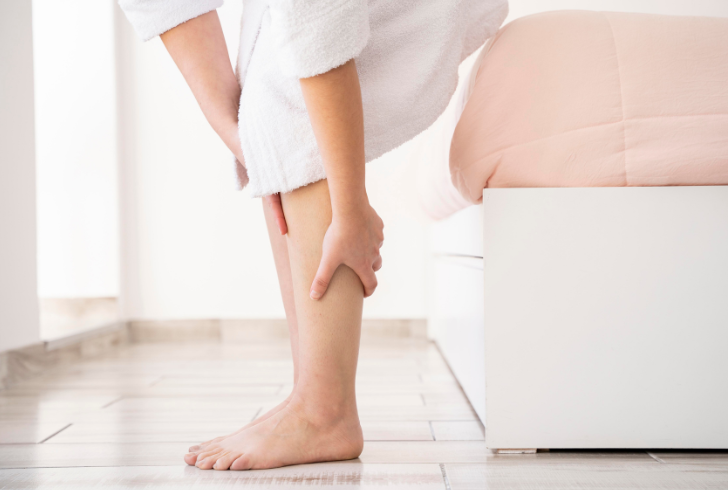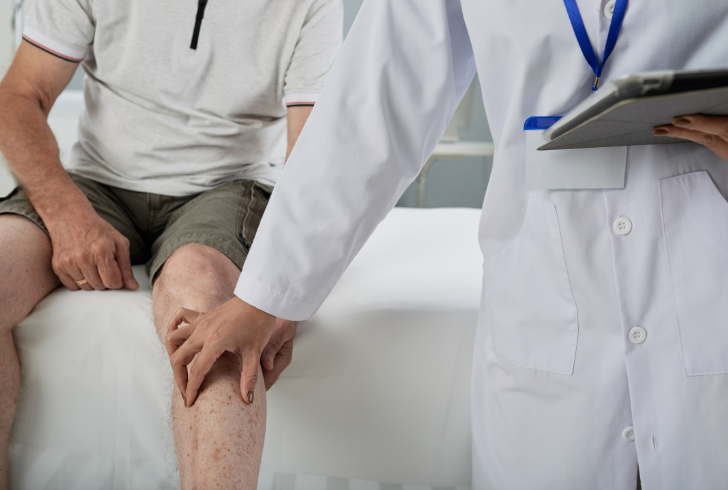What Is Chronic Venous Insufficiency? Causes, Symptoms & Treatment
Chronic venous insufficiency, often shortened to CVI, is more common than many realize — especially among older adults. Recently, it made headlines when former President Donald Trump was diagnosed with the condition following tests for leg swelling and hand bruising. Though not life-threatening, CVI can impact daily comfort and quality of life if not managed effectively.
Here’s what to know about this venous issue that affects millions of Americans.
Understanding Chronic Venous Insufficiency
Chronic venous insufficiency occurs when the veins in the legs have trouble sending blood back to the heart. Normally, valves in the leg veins keep blood moving upward. When those valves weaken or get damaged, blood can pool in the legs — a process called venous reflux. Over time, this causes pressure to build up inside the veins, leading to visible and physical symptoms.
The condition affects nearly 5% of adults, with higher prevalence in individuals over 50. Women, especially those who’ve been pregnant, are slightly more at risk. Though it’s chronic, CVI is generally manageable with proper care and early diagnosis.
What Are the Signs of CVI?

Freepik | CVI often causes gradual lower leg and ankle swelling (edema), with symptom severity varying.
What Causes Venous Reflux?
The underlying problem in CVI is faulty venous valves. When the valves in your leg veins stop working the way they should, blood starts to pool instead of flowing back up toward the heart. Several things can weaken these valves over time, including:
Getting older — age naturally wears down valve function
Spending years sitting or standing for long periods
Carrying excess weight, which adds pressure to the veins
A family history of vein conditions
Pregnancy, which puts extra strain on the leg veins
These factors make it harder for blood to move efficiently, causing it to collect in the lower legs and ankles over time.
How Is CVI Diagnosed?
Most doctors begin by asking about your symptoms and doing a physical exam. From there, they often use an ultrasound to see how well blood is moving through your veins.. This painless scan lets them see how blood is moving and whether any veins are letting blood flow backward—known as reflux. Identifying which veins are affected helps guide the next steps in treatment.
Treatments Options for Chronic Venous Insufficiency
While there’s no complete cure for CVI, the condition can usually be kept under control with a mix of medical treatment and daily lifestyle adjustments. Doctors often tailor the approach based on what symptoms you’re dealing with.
Compression Therapy
One of the most common first steps is wearing compression socks. These apply gentle pressure to the legs, helping push blood upward and easing symptoms like swelling and heaviness.
Lifestyle Changes
Getting up and moving regularly, propping up your legs, and maintaining a healthy weight can make a big difference. Even light activity, like walking, encourages better blood flow. It also helps to avoid standing or sitting in one position for too long.
Minimally Invasive Procedures
If symptoms don’t improve with conservative care, procedures like laser ablation or sclerotherapy may be recommended. These treatments seal off problem veins so blood can be rerouted through healthier ones.
Why Early Detection Matters

Freepik | Recognizing conditions early provides patients with more treatment choices, reducing long-term impact.
Though CVI isn’t considered life-threatening, ignoring symptoms can lead to more serious complications. Chronic inflammation may result in venous ulcers or even superficial thrombophlebitis — a condition involving inflamed veins caused by clotting.
Early recognition gives patients a better shot at managing symptoms and avoiding long-term damage. It also allows for a broader range of treatment options, many of which are non-surgical and require minimal downtime.
Taking Venous Health Seriously
Chronic venous insufficiency might not grab headlines often, but it’s a condition that deserves attention—especially as people age. While it recently came into public focus due to former President Trump’s diagnosis, it affects millions quietly, often without early detection.
Recognizing the signs early and seeking appropriate care can significantly improve day-to-day comfort and long-term leg health. With the right approach, managing venous issues effectively is entirely possible, whether through compression socks, a few lifestyle adjustments, or outpatient procedures.
By understanding how the venous system functions and what happens when it doesn’t, people can take more informed steps toward healthier, more active lives.